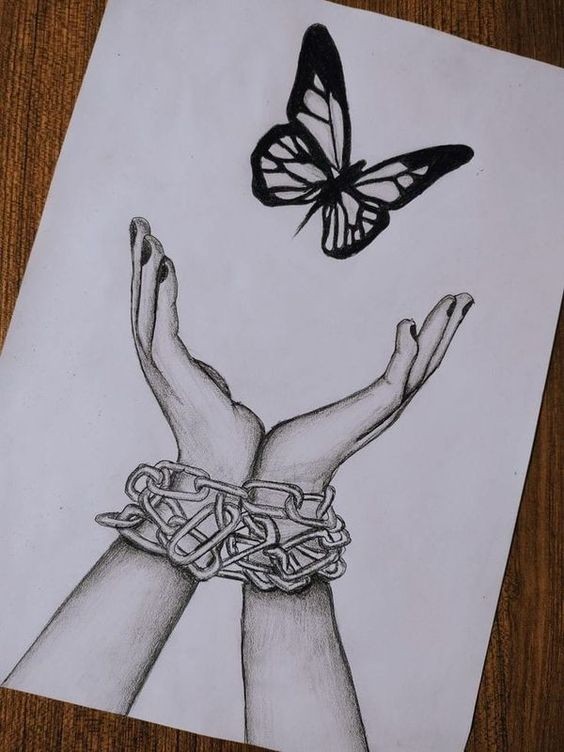Watercolor Wonders: Exploring the Magic of Fluid Art
Watercolor painting, often celebrated for its ethereal quality and fluidity, continues to captivate artists and art enthusiasts alike with its unique charm. The art of watercolor—referred to as “Watercolor Wonders” in this context—offers a magical exploration of color, transparency, and fluidity. This article delves into the beauty and techniques of watercolor art, uncovering the reasons behind its enduring appeal and its place in the contemporary art scene.
The Allure of Watercolor
Watercolor painting is distinct for its ability to create delicate and translucent effects that are difficult to achieve with other mediums. The fluid nature of watercolor allows for a range of expressions, from soft washes of color to intricate and detailed images. This medium's appeal lies in its unpredictability and the way it blends seamlessly on paper, often leading to unexpected and beautiful results.
Techniques and Approaches
Creating watercolor art involves several techniques that highlight the medium’s versatility and its capacity for creating dynamic compositions:
Wet-on-Wet Technique: This approach involves applying wet paint onto a wet surface, allowing colors to bleed and merge in unpredictable ways. It’s ideal for creating soft, blended backgrounds and atmospheric effects.
Wet-on-Dry Technique: In this method, wet paint is applied to a dry surface. This allows for more controlled, precise details and is useful for adding intricate elements to a painting.
Gradient Washes: By gradually transitioning from one color to another, artists can create smooth gradients and subtle shifts in tone. This technique is perfect for rendering skies, seas, and other elements that require a gradual color transition.
Dry Brush Technique: Using a dry brush with minimal paint creates a textured effect, ideal for capturing fine details or rough surfaces.
Spattering and Splattering: Applying paint with a flicking or splattering motion can add dynamic, textured elements to a painting. This technique is often used to create the illusion of movement or to add visual interest.
The Magic of Transparency
One of the most captivating aspects of watercolor art is its transparency. Unlike opaque mediums, watercolors allow underlying layers to show through, creating depth and luminosity. This transparency can be used to build layers of color and light, giving the artwork a vibrant, glowing quality. Artists often embrace this feature to produce subtle color variations and enhance the visual richness of their paintings.
Famous Watercolor Artists
Throughout history, many renowned artists have embraced watercolor as their medium of choice:
J.M.W. Turner: An English Romantic painter known for his atmospheric seascapes and landscapes. Turner’s mastery of watercolor captured the sublime effects of light and weather.
Winslow Homer: An American artist famous for his dynamic seascapes and marine subjects. Homer’s watercolors vividly depict the power and majesty of the ocean.
John Singer Sargent: An American painter celebrated for his portrait work and landscapes. Sargent’s watercolors are noted for their fluid brushwork and evocative color.
Modern Trends and Innovations
In contemporary art, watercolor continues to evolve, incorporating new techniques and mixed media approaches:
Digital Watercolor: Artists are using digital tools and software to replicate watercolor effects. This innovation allows for experimentation with color and technique without the constraints of traditional media.
Mixed Media: Modern artists often combine watercolor with other mediums, such as ink, graphite, and collage, to create textured and multi-dimensional pieces.
Experimental Techniques: Contemporary watercolor artists explore unconventional methods, such as using salt or plastic wrap to create unique textures and patterns.
Benefits of Watercolor Painting
Engaging in watercolor painting offers numerous benefits, both artistic and therapeutic:
Creative Expression: Watercolor allows for a wide range of creative expressions, from abstract art to detailed portraits. The fluid nature of the medium encourages experimentation and innovation.
Relaxation and Mindfulness: The process of painting with watercolors can be meditative and calming. The gentle flow of the medium promotes mindfulness and relaxation.
Skill Development: Working with watercolor enhances technical skills, including color mixing, brush control, and layering techniques.
Conclusion
Watercolor painting remains a magical and versatile medium that continues to inspire and enchant artists around the world. The interplay of color, light, and fluidity in watercolor art offers a unique and captivating visual experience. Whether through traditional techniques or modern innovations, Watercolor Wonders invite artists and viewers alike to explore the endless possibilities of this beautiful and fluid art form.






